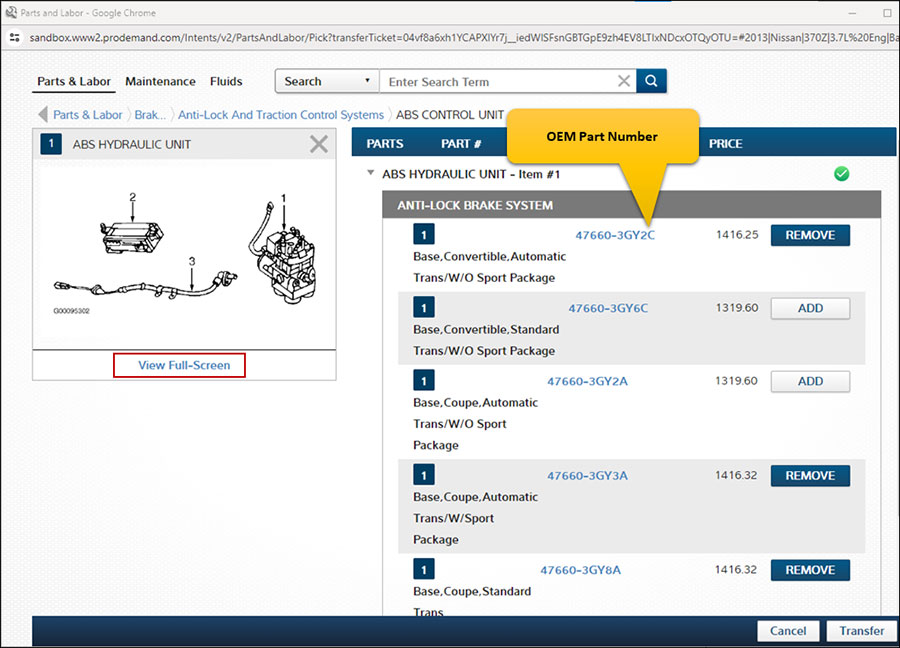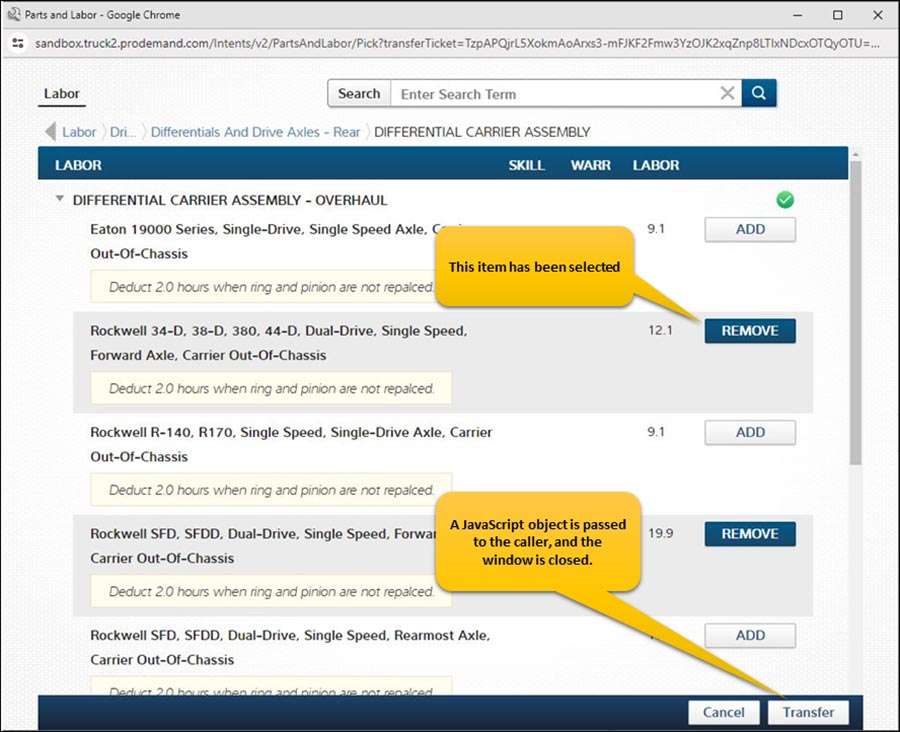 In our high-tech age, it is all too easy to overlook the purely mechanical aspects of a truck that have needed to be maintained ever since some ingenious person mounted a wheel to an axle in order to move a load that was too large to be carried or dragged.
In our high-tech age, it is all too easy to overlook the purely mechanical aspects of a truck that have needed to be maintained ever since some ingenious person mounted a wheel to an axle in order to move a load that was too large to be carried or dragged.
Since that great breakthrough, when working with anything mechanical where one part interacts with another, there is one absolute we can depend on: namely, wear. Now, there are clearly different rates at which that wear takes place, depending on any number of factors including the component or system involved.
For instance, a seatbelt retractor could easily last the life of a vehicle, while tires will need to be replaced multiple times during that same period. Whether a component wears slowly or quickly, periodic inspection maintenance needs to take place to keep the vehicle operating safely and efficiently.
Tires are a well-known wear item. Vehicle speed and road conditions are key factors in tire wear. However, tire wear is also impacted by other driveline and suspension components. Let’s take a look at some of these on-vehicle areas that could be causing abnormal tire wear.
As tires rotate, a portion of the tire is in contact with the road surface. When the tire and wheel assemblies are in balance, this wear surface fluctuates in relation to the road surface. However, when any wheel assembly is out of balance a rhythmic hop takes place that places additional stress on the tire at a specific point. As a result, a wear point will begin to form on the tire.
To identify the source of the tire imbalance, start by making sure the tire and wheel assembly are in balance. However, don’t jump to the conclusion that balancing the wheel assembly will resolve the problem as a flat spot on a tire can still result in a thumping tire even if the wheel assembly is balanced. Inspect for bent or broken brake rotors and/or drums that could be causing a vibration at the wheel end. In addition, make sure the wheel hub assembly bearings are not allowing excessive wheel assembly movement.
Another tire issue is wearing on the edges of the tread. Underinflated tires, vehicle overloading, excessive speed when cornering, and front-end alignment are several common issues for tire edge wear. Of course, wheel alignment needs to include all axles and wheel ends. Items such as bent axles, broken or sagging springs, and spring connecting hardware may also result in abnormal tire wear.
Grabbing brakes can also bring about wear spots on the tires. Grabbing brakes may be caused by oil on the brake lining or uneven adjustment. Consult the appropriate truck service information like TruckSeries from Mitchell 1 for proper brake adjustment procedures and specifications.
These items are only a few of the things that may cause unusual tire wear. A key to servicing any system is to take note of other systems or operating factors that could affect the component or system where the concern exists.






